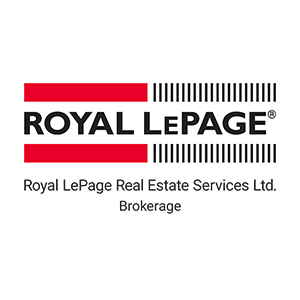

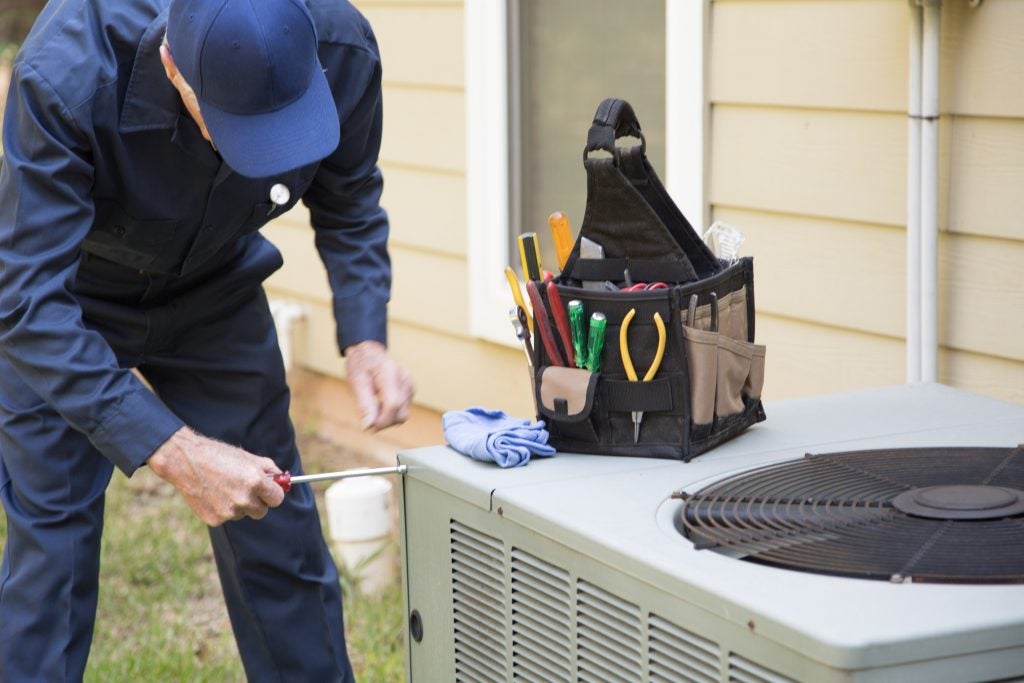
Replacing or repairing heating or cooling equipment can be expensive, so you want to make sure any home you’re interested in buying has a properly functioning HVAC system before closing the deal. If something’s not right, you may be able to lower your offer or ask the seller to foot the repair bill as a condition of the sale. Luckily, you don’t have to be a heating or cooling expert to tell if there might be an issue with a home’s HVAC system.
Follow these five simple steps to inspect any property’s heating and cooling equipment:
1. Assess the location of the heating and cooling units
Some installation locations can be problematic. For example, an indoor handling unit in an attic could damage ceilings in the event of a water leak. An outdoor condenser unit installed near a bedroom window could be a source of disruptive noise. And if you’re looking to buy in an area prone to flooding, ensure the outdoor unit is elevated.
Also check if gutters have been installed to direct rainwater and snowmelt away from the unit. If not, there is potential for damage due to runoff.
2. Assess the condition of the units
Look over each unit for signs of damage, such as rust, cracks or dents. Some types of damage may be cosmetic, but others may point to more substantial issues that warrant repair or replacement. Assess the ventilation ducts as well. Round is better than rectangular for noise reduction and energy efficiency. Ducts should also be insulated and free of any cracks or seams that let air out.
3. Check the refrigerant type
R-22 is a banned refrigerant in Canada and the United States, due to its harmful impact on the ozone layer. Any air conditioning unit that uses it will eventually need to be replaced — at the owner’s expense.
4. Assess current performance of the units
Find out from the current owner how evenly the HVAC system heats and cools the home. Ask whether they’ve noticed any unusual noise, such as banging or clanging, that could indicate a problem requiring a repair or replacement.
5. Ask about the system’s history
Get details from the current owner about the age of the equipment and past maintenance and repairs. Also ask to see copies of recent energy bills; a steady increase in costs could reflect an efficiency issue.
Read the full report here.
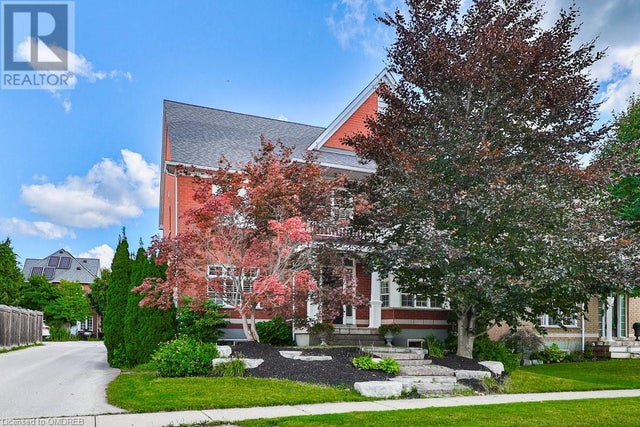
Single Family in Oakville
Royal LePage Real Estate Services Ltd., Brokerage (40635353)
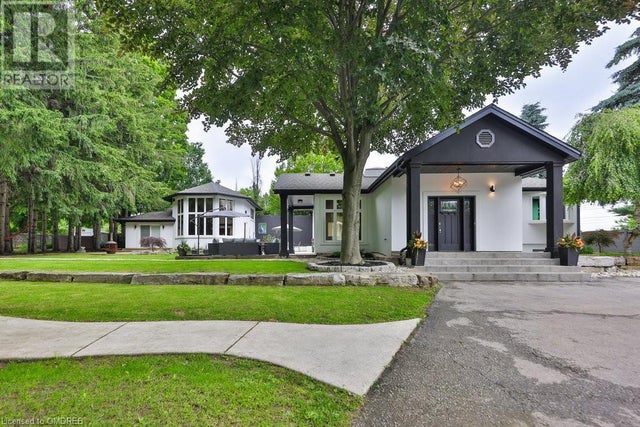
Single Family in Oakville
Royal LePage Real Estate Services Ltd., Brokerage (40637366)
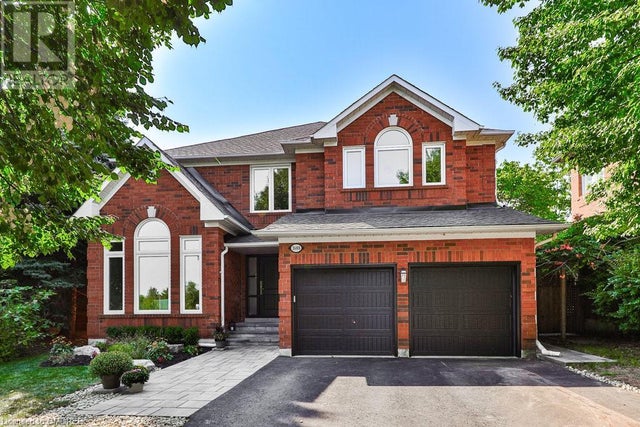
Single Family in Oakville
Royal LePage Real Estate Services Ltd., Brokerage (40641901)
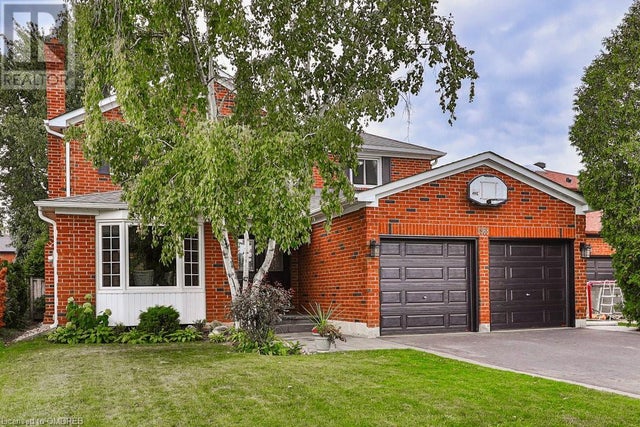
Single Family in Oakville
Royal LePage Real Estate Services Ltd., Brokerage (40644268)
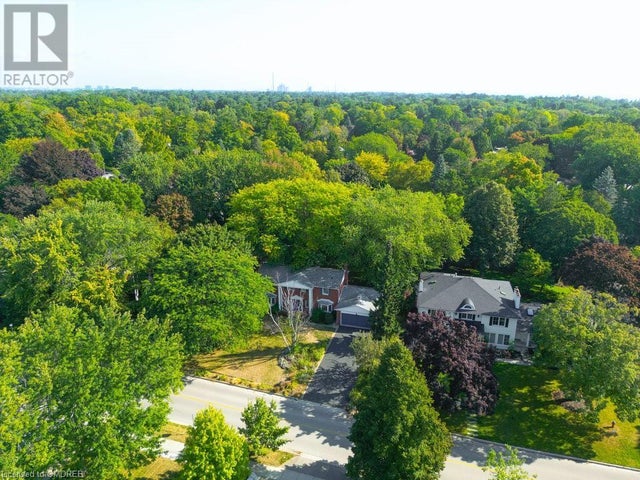
Single Family in Oakville
Royal LePage Real Estate Services Ltd., Brokerage (40648192)

Single Family in Oakville
Royal LePage Real Estate Services Ltd., Brokerage (40656583)
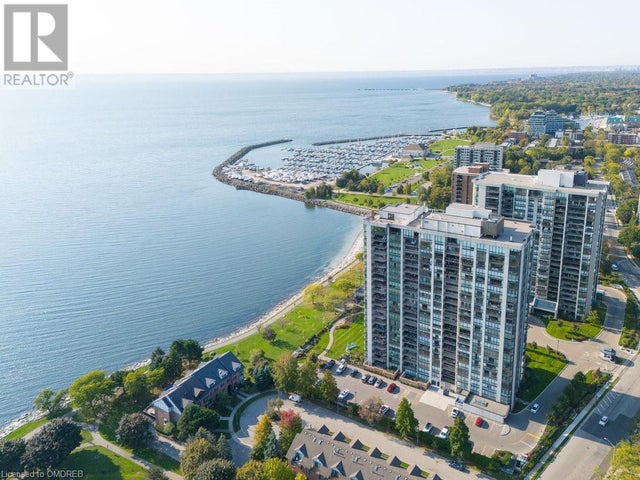
Single Family in Oakville
Royal LePage Real Estate Services Ltd., Brokerage (40662695)

Single Family in Oakville
Royal LePage Real Estate Services Ltd., Brokerage (40655381)



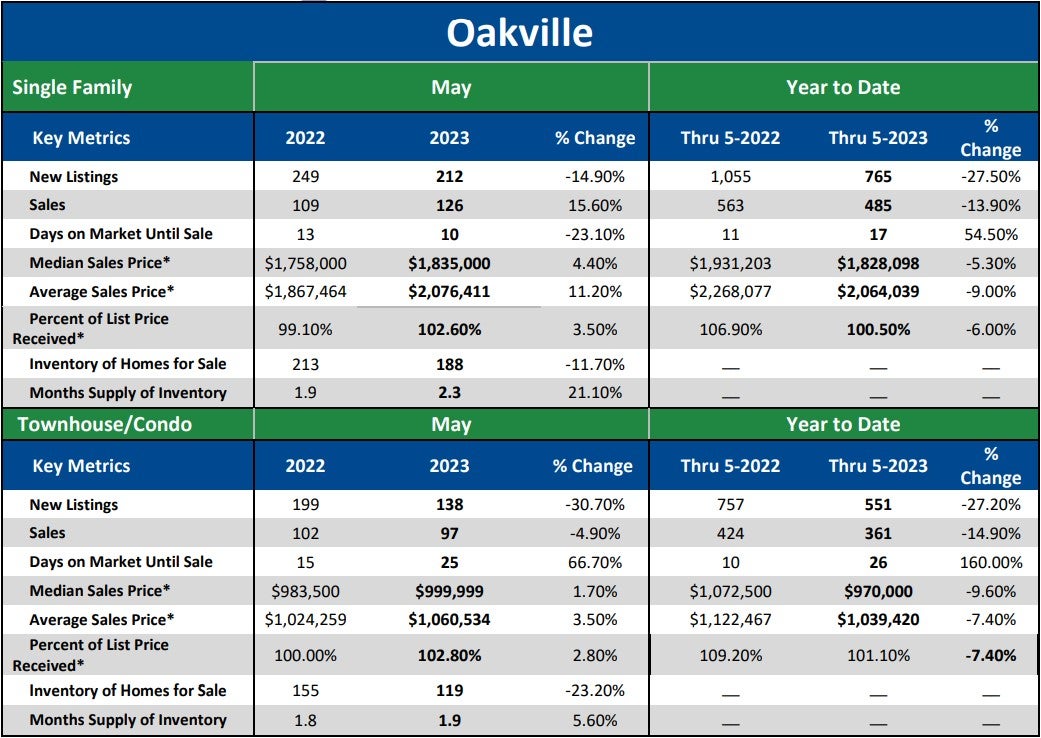

Royal LePage Real Estate Services
326 Lakeshore Road East Oakville, Ontario L6J 1J6
